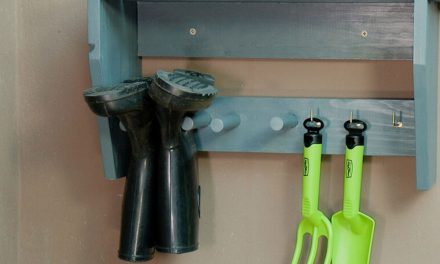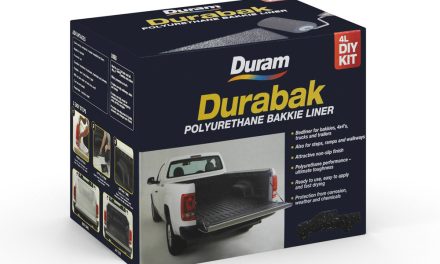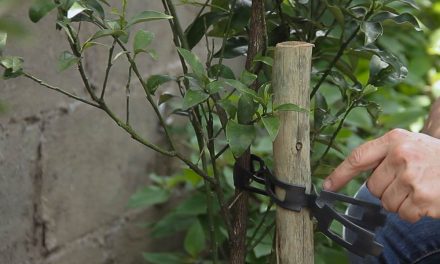Mitre saws are the single best power tool for quick and accurate cross cuts and angles, for making precise, accurate cuts repeatedly, and for trimming.
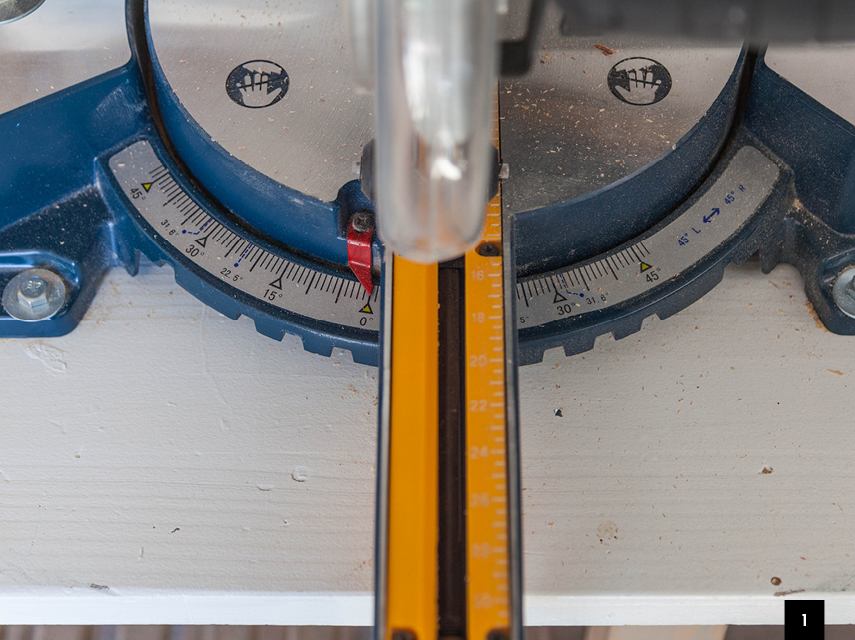
1. Two sides
Looking to cut thick or heavy pieces of wood that are hard to flip? Some mitre saws mitre to one side only, and you have to turn the wood upside down to mitre in the opposite direction. Look for one that does it from both sides.
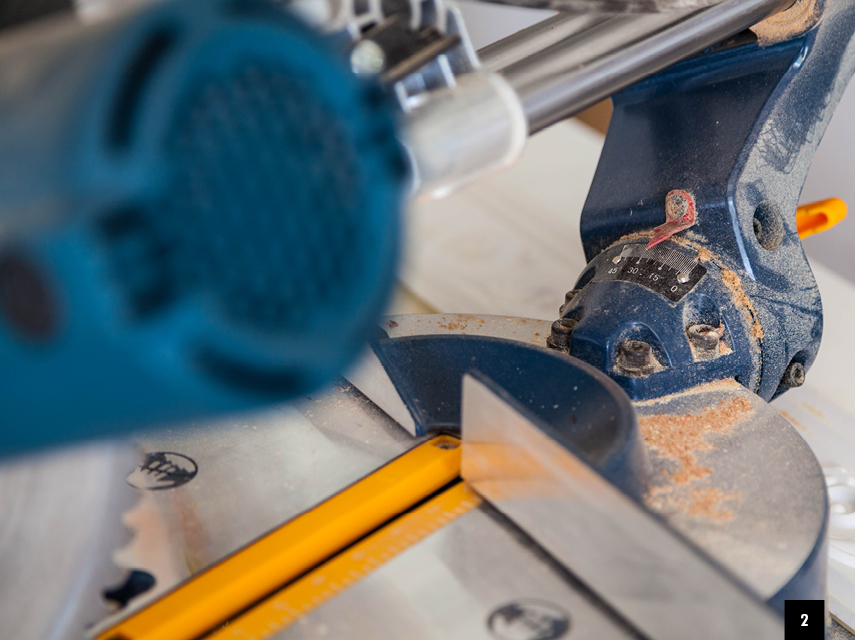
2. Compound cuts and bevels
Need to be able to cut compound angles? (That’s a mitre and a bevel at the same time, sometimes called an angled bevel, used for crown mouldings, for example, or when you’re making furniture.) Then your mitre saw needs a head that can tilt and rotate. Some models can tilt only in one direction, which means you have to flip the wood to cut in the other direction, but others tilt to both sides (sometimes called a dual bevel). This is handy if you are cutting big, heavy pieces of wood.
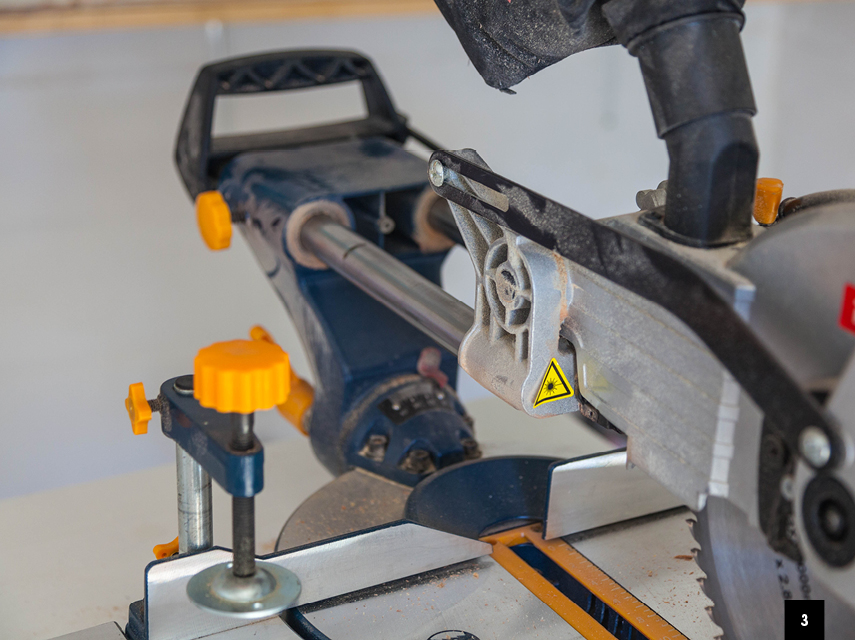
3. Sliding extension arm
Looking to cut wide pieces of wood such as fence posts or roof beams? Make sure your mitre saw has a sliding extension arm to accommodate the extra width.
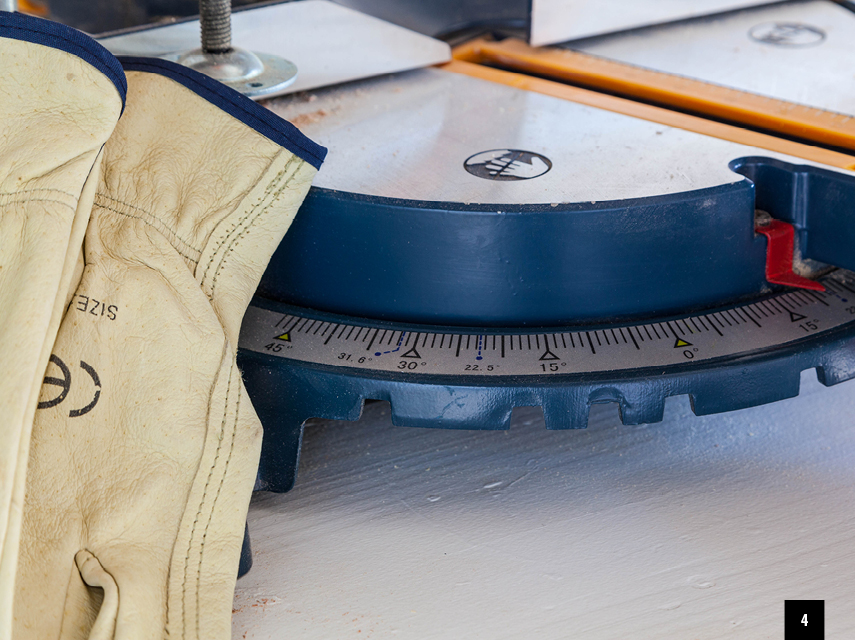
4. Angles
Most models have pre-set stops for the more common and popular angles. But make sure you can make fine adjustments too.
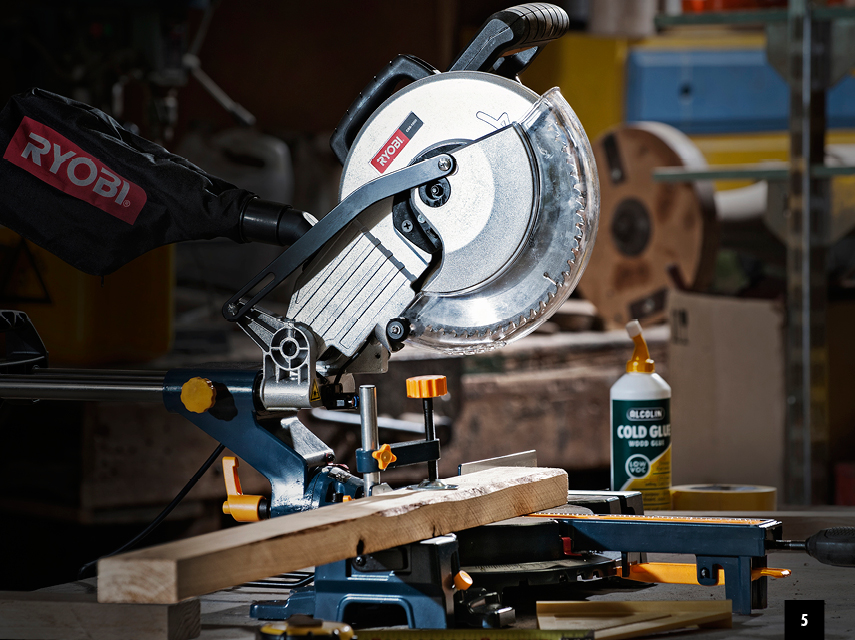
5. Variable speed
This feature is great to have if you’re going to be using it on a range of different materials.
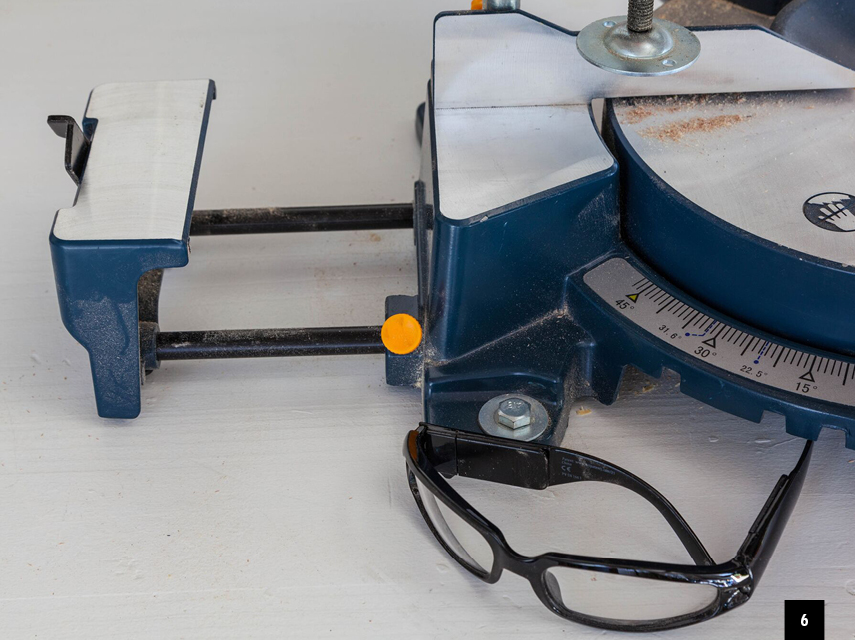
6. Sliding fence
This is useful to support wood during mitre cuts, but can slide away when you want to make bevel cuts.
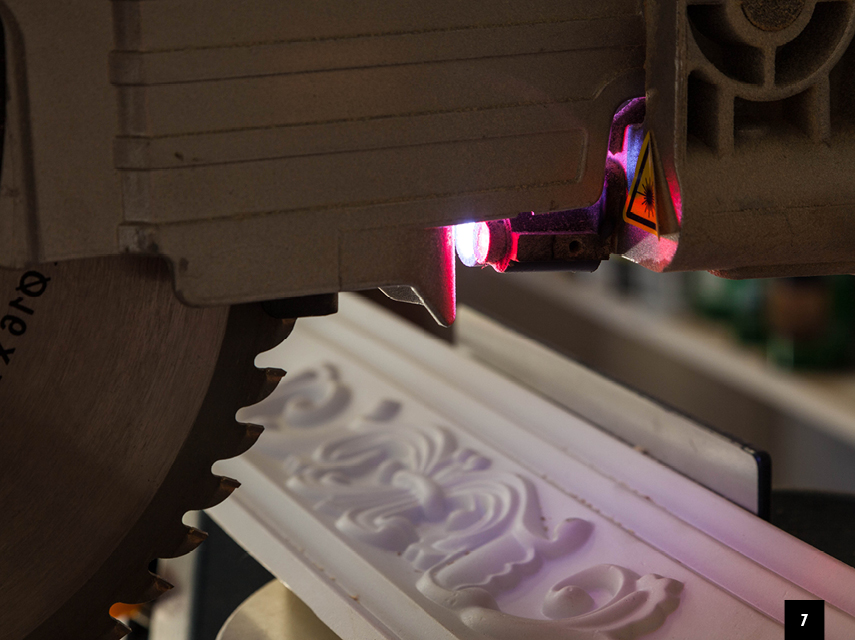
7. Laser lines
Some models come with a red laser line that shows where the cut will be. Handy because you can line it up perfectly with your pencil mark on the wood, to avoid mistakes.

